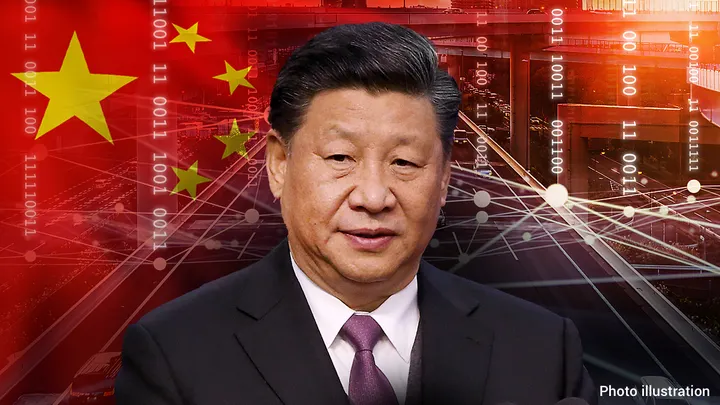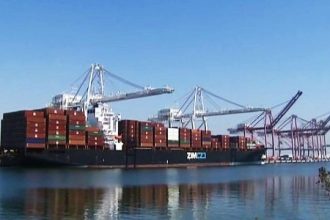China sees its “no limits” collaboration with Russia as “integral” to its rise to the status of “great power.”
According to the Pentagon, China has taken “more dangerous, coercive, and provocative” measures in the Indo-Pacific this year, including “risky” intercepts of US aircraft in the region.
This week, the Department of Defense released its annual report on China’s military capabilities, warning that the People’s Republic of China sees its “no limits” alliance with Russia as “integral” to its development and emergence as a “great power.”
According to the Pentagon, China’s goal is to become a “national power” and achieve “the great rejuvenation of the Chinese nation” by 2049.
The People’s Republic of China, according to officials, is “the only competitor to the United States with the intent and, increasingly, the capacity to reshape the international order.”
The People’s Republic of China, according to officials, is “the only competitor to the United States with the intent and, increasingly, the capacity to reshape the international order.”
The report claims that in order to bring about the “great rejuvenation,” China’s strategy is a “determined pursuit of political, social, and military modernity to expand the PRC’s national power, perfect its governance, and revise the international order in support of the PRC’s system of governance and national interests.”
“The PRC views the United States as deploying a whole-of-government effort meant to contain the PRC’s rise, which presents obstacles to its national strategy,” according to the research.
The paper additionally alerts readers about PRC’s “more dangerous, coercive, and provocative actions in the Indo-Pacific region.”
“For example, between the fall of 2021 and fall of 2023, the United States documented over 180 instances of PLA coercive and risky air intercepts against U.S. aircraft in the region,” stated the report. “Over the same period, the PLA also conducted around 100 instances of coercive and risky operational behavior in the air domain against U.S. allies and partners.”
The paper claims that China is also aiming to upgrade, diversify, and enlarge its nuclear capabilities in addition to bolstering its “strategic deterrent.” It is also attempting to improve its capabilities in cyberspace, space, and counter space.
Regarding China’s intentions in Taiwan, the Pentagon claimed that last year saw a rise in “provocative and destabilizing actions in and around the Taiwan Strait, including ballistic missile overflights of Taiwan, increased flights into Taiwan’s self-declared air defense identification zone, and large-scale simulated joint blockade and simulated joint firepower strike operations.”
The Pentagon also expressed concern over China’s “no limits” relationship with Russia, stating that Beijing sees it as “integral to advancing the PRC’s development and emergence as a great power.”
“Nevertheless, Beijing has attempted a discreet approach to providing material support to Russia for its war against Ukraine,” according to the paper.
Meanwhile, the paper claims that China’s PLA has “largely denied, cancelled, and ignored recurring bilateral U.S.-PRC military-to-military engagements and DOD requests for communication at multiple levels.”
“DOD is committed to maintaining open lines of communication with the PRC to ensure competition does not veer into conflict,” according to the report.
While the Pentagon continues to monitor China’s developing military strategy, the US, along with allies and partners, “will continue to urge the PRC to be more transparent about its military modernization program.”
“The Department remains focused on the operational concepts, capabilities and resources necessary for meeting this pacing challenge,” according to the report.















